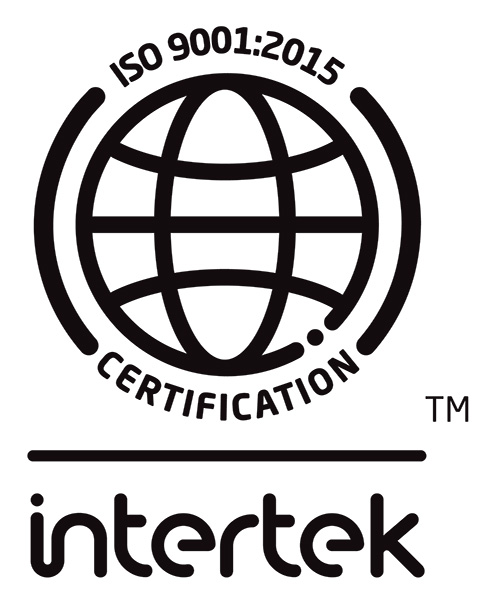1. Selection of challenges
Challenges for all programs are not at the sole discretion of CMPT staff or management. Sample selections including appropriate microbial identification, susceptibility profile, concentration (where relevant) and clinical relevancy are performed annually by CMPT area committee members in Clinical Bacteriology, Dermatophyte Mycology, Mycology Plus, and Enteric Parasitology.
In all programs for Water Bacteriology, challenge concentrations are selected by CMPT staff and management. Concentrations may be affirmed by members of the Water Bacteriology committee.
2. Subcontracting of challenges
CMPT creates all its own samples and is responsible for all studies of microbial concentration, homogeneity and stability to ensure that all participants receive closely similar samples. In Clinical Bacteriology, Dermatophyte Mycology, Mycology Plus, and Enteric Parasitology, all relevant microbial identifications and antimicrobial susceptibilities are verified by CMPT’s team of reference laboratories.
3. Grade Assessment of challenges
All grade assessed challenges need to meet the criteria before being considered appropriate for assessment:
In Clinical Bacteriology, the assigned value must be correctly identified by at least 80 percent of reference laboratories and by at least 50 percent of the total group of participants.
For Enteric Parasitology, a lower threshold of 70 percent is required. Enteric Parasitology grading is predicated upon the reporting of accepted pathogens. Parasites of controversial pathogenicity may be included if the number in the sample is large. Challenges not meeting this threshold are treated as ungraded. Relevant educational materials will be included along with the informative critique that accompanies the report of results.
In Water Bacteriology, grading is based on the degree of count deviance from challenge mean based either on normal or Poisson distribution; Remaining challenges are graded qualitatively based on a Positive/Negative result.
4. Statistical Analysis of challenges
Aside from the analysis for grade appropriateness, CMPT does not perform statistical analysis on challenges in Clinical Bacteriology, Dermatophyte Mycology, Mycology Plus, or Enteric Parasitology, with the exception of percent of challenge results that were deemed acceptable versus unacceptable.
For Water Bacteriology samples, the mean of reported bacterial enumeration (less gross outliers and non-measurable values) is calculated. As a measurement of distribution, CMPT provides two interpretations, one based on normal distribution, and one based on count being influenced by individual bacterial clumping. If distribution is deemed as normal, results can be interpreted by mean and Z-score. If distribution is deemed as non-normal, then results can be interpreted by Poisson probability distribution. Both calculations and interpretations are provided to participants. Extreme (nonsense) outliers and non-numeric results are excluded from statistical calculations.
5. Report Confidentiality
CMPT respects the confidentiality of all reported results. Results are only sent to the specified laboratory contacts and the provincial accreditation body, as directed either by the laboratory or by provincial requirement.
Note: All CMPT samples should be considered as potentially containing live pathogenic microbes or their toxin products. Handling of samples should be done with caution. Routine hand hygiene and safety awareness are essential procedures with all samples.




